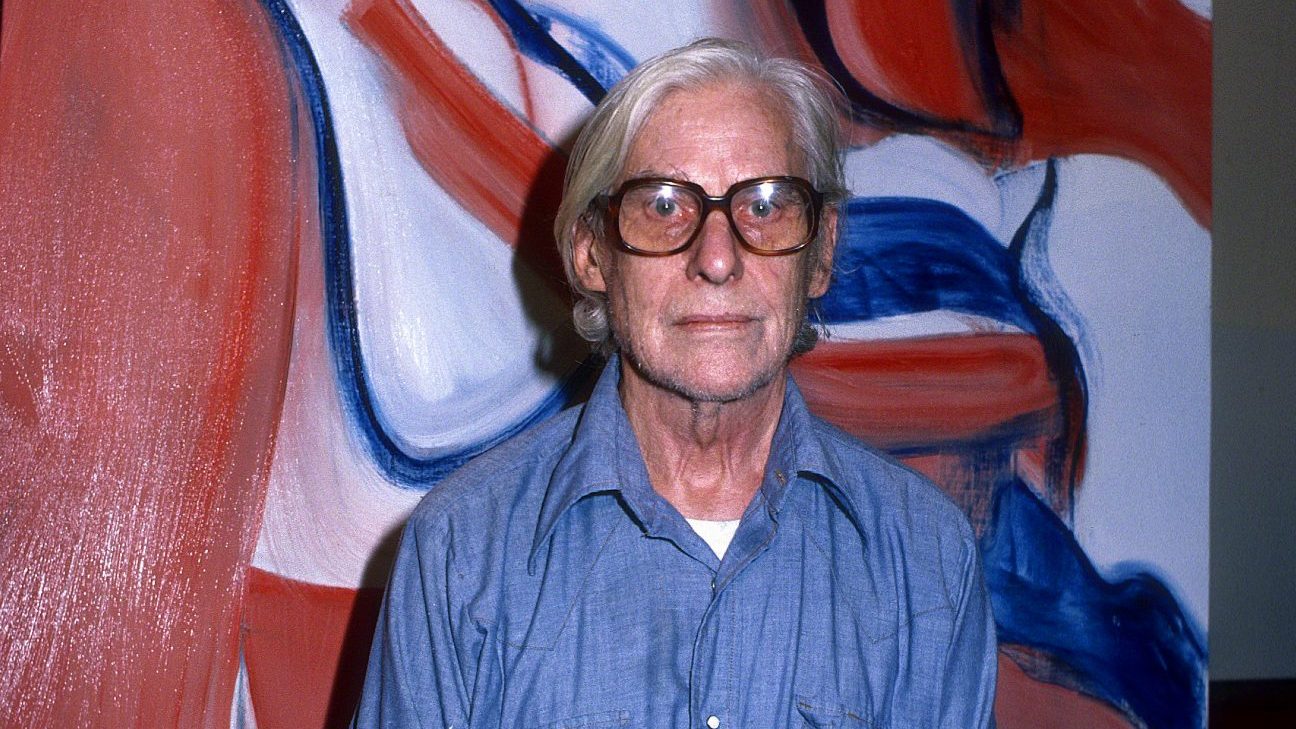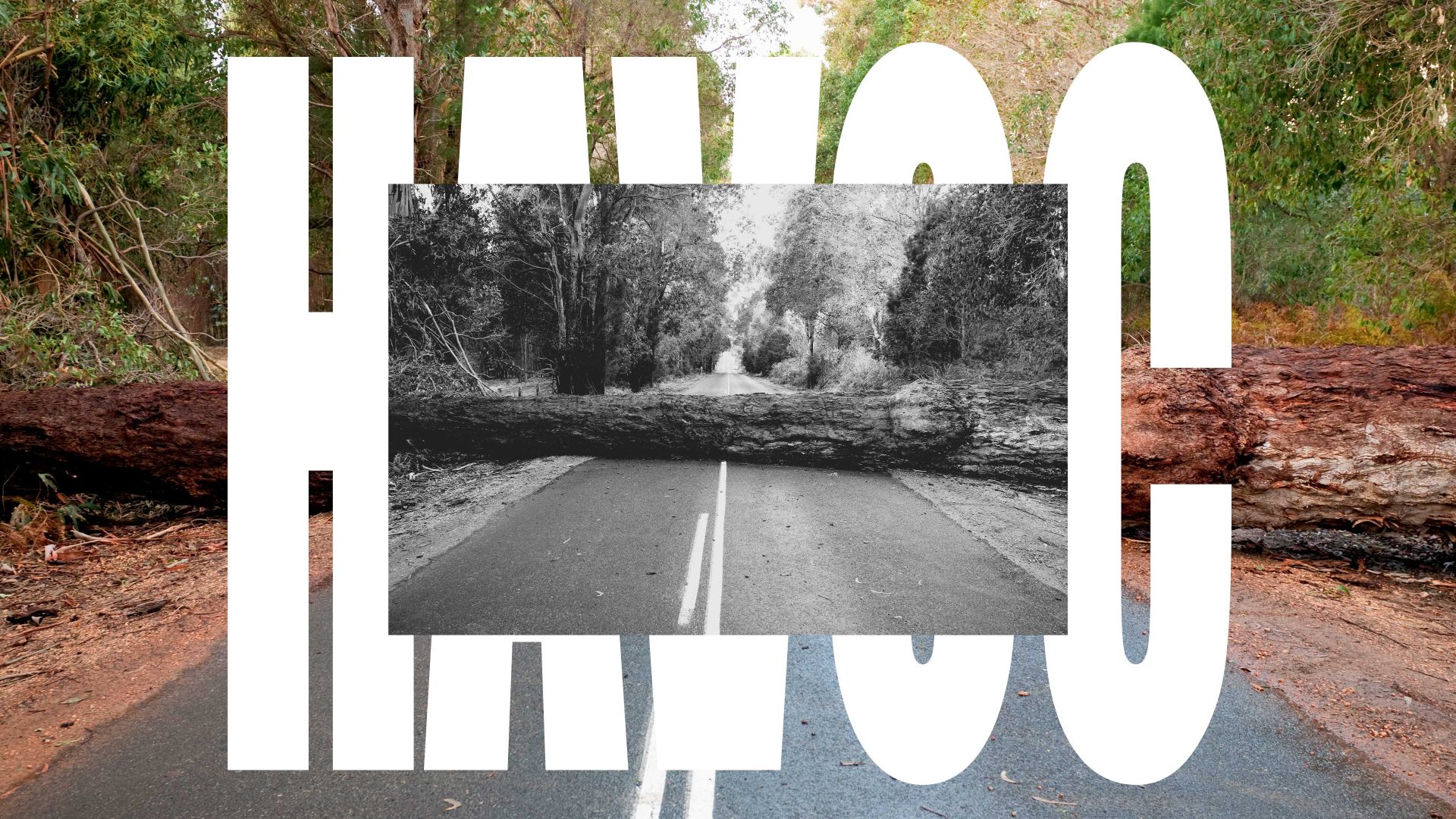Before the age of the aeroplane, the first view most European immigrants had of the US was the Manhattan skyline on the horizon. As they drew nearer they could make out the Statue of Liberty, the ultimate symbolic welcome for the poor and downtrodden seeking new opportunities in a nation that seemed made for them.
Willem de Kooning’s arrival during the summer of 1926 was nothing like as evocative. Instead of the noisy bustle of New York, the ship on which he had stowed away in Rotterdam a fortnight earlier approached the port of Newport News in Virginia, where the shouts of crew members excited by the first sight of land prompted the artist to join them on deck.
Far from an exciting and exotic vista promising a bright new future, what de Kooning saw was merely more of the same, “a sort of Holland: lowlands, just like back home”.
He’d begun that summer of 1926 as a hard-up 22-year-old living on a cold, damp barge in the Rotterdam docks, sharing the confined space with a revolving population of similar penniless bohemians and itinerants. So poor was he that his sister Marie would leave food for him to ensure he at least occasionally had a meal.
Seeking a change of fortune elsewhere, de Kooning could have chosen to go to Berlin, at the height of its creative hedonism, or Paris where many of the great and future contemporary artists had gathered, but he sought a different career path. To him commercial art was just as fulfilling as something more purely creative – and it came with a wage.
“Being young, I really didn’t understand the nature of painting,” he said. “It was more logical to be a designer or a commercial artist. I didn’t intend to become a painter. That would come later.”
So, like most of Rotterdam’s fortune-seekers, he turned his gaze to the west. Arguably Europe’s most sea-facing city, Rotterdam encouraged a view towards the maritime horizon and the Atlantic beyond, rather than inwards to its own continent.
For the Dutch, America was the place where ambitions were fulfilled. America was the future.
The trouble was, de Kooning couldn’t afford the crossing until, after several foiled attempts at sneaking aboard transatlantic vessels, a friend working as a steward on board the British freighter Shelley en route from Trieste to Virginia appeared at his door offering to smuggle him aboard as a stowaway as long as he left with him immediately.
De Kooning spent the crossing in the hot, oily confines of the engine room having been instructed by his friend to bring no personal belongings, not even the portfolio of commercial art with which he had hoped to secure work in America.
From Virginia, de Kooning managed to secure passage as a stoker on a coastal freighter, arriving eventually at the old South Street dock in Manhattan to bypass the Ellis Island immigration ordeal.
“Early one morning I walked off the ship and couldn’t believe it,” he recalled. “I was free on the streets of New York.”
He was also poor on the streets of New York. With only rudimentary English, de Kooning struggled to find employment as a commercial artist and for most of his first decade in the US was forced to take on any work he could while painting at weekends.
It was not until 1935 that he made any kind of artistic progress when he became involved in the Federal Art Project of the Works Progress Administration, set up to help combat the Great Depression.
De Kooning joined the murals division and was assigned to a housing project in Brooklyn to paint a mural that was never completed but whose design was exceptional enough to be included in the 1936 New Horizons in American Art show at MOMA.
De Kooning was removed from his WPA post the same year when it emerged he was not a US citizen, but by then the experience had changed his life. He had been allowed to create abstract work that utilised fluid paint and large brushes; techniques that would stick with him.
“After the project I decided to paint and do odd jobs on the side rather than the other way around,” he said. From then on, he said later, “I never was interested in how to make a good painting… I didn’t work on it with the idea of perfection, but to see how far one could go.”
With that decision came poverty and struggle; it seemed scarcely credible that one of his paintings would go on to sell for $20m at auction during his lifetime, as his 1955 work Interchange would at Sotheby’s in 1989.
Indeed, it took until his first solo show at Egan’s Gallery in Manhattan in 1948, which opened two weeks before his 44th birthday, for de Kooning to glean any kind of secure living from his art.
Within two years, his particular brand of abstract expressionism had been exhibited at the Venice Biennale and in 1952 was included in the Carnegie International exhibition. His reputation snowballed until debates raged as to whether he or Jackson Pollock was the greatest contemporary artist working in America.
By the 1960s, de Kooning’s fame was such that he was driven from New York to Long Island in an attempt to escape the distractions and demands of a city that stifled his creativity and fuelled his descent into alcoholism. At the same time, he feared being eclipsed by the new generation of pop artists, once raging drunkenly at a party: “I’m the hot potato!” after overhearing a discussion about Andy Warhol.
In addition, 40 years on, de Kooning had never come to terms with the hasty nature of his departure from the Netherlands, rushing aboard the Shelley unable to say goodbye to friends and family, a heart-wrenching severance that throbbed at the very core of his being.
When a retrospective exhibition of his work was arranged in Amsterdam in 1968 it brought the opportunity to return home for the first time in 42 years.
De Kooning never particularly liked the idea of retrospective shows, “it’s as if you are dead and the museum owns you,” he said, but this was different, a chance to address the melancholic yearning gnawing at him since the moment he snuck aboard the Shelley.
Travelling in a stateroom on the liner Rotterdam rather than the fetid, oily engine room of a freighter, when the lights of his home city appeared strung along the horizon before dawn on the day of arrival, de Kooning again went up on deck to watch their approach.
“We were at the Nieuwe Waterweg and I marvelled at all the lights on the shore,” he said. “I saw lights, lots of factories and I felt proud suddenly, very proud. After half an hour, daylight came, and I looked again. All the industry, so clean, so neat.
“I felt Dutch again.”




